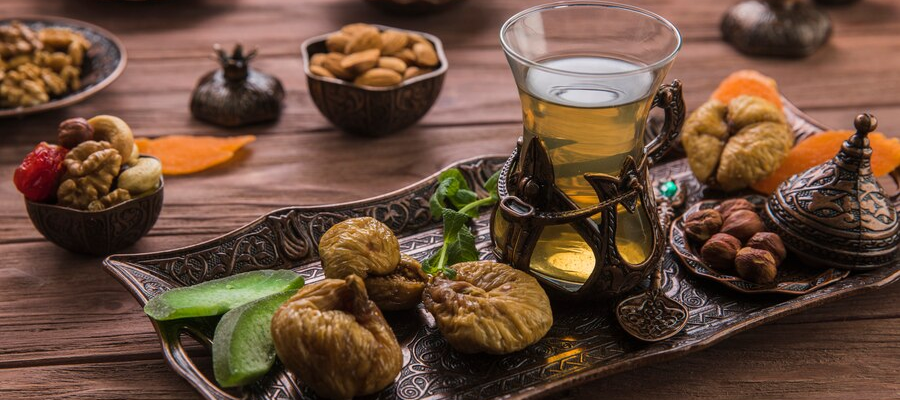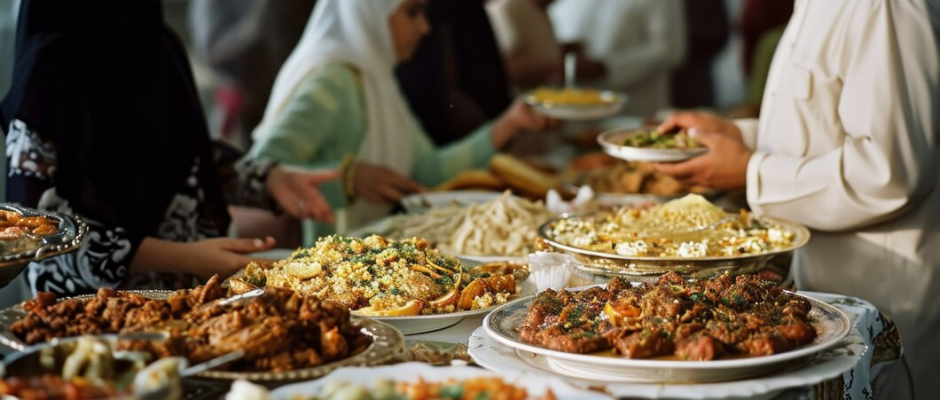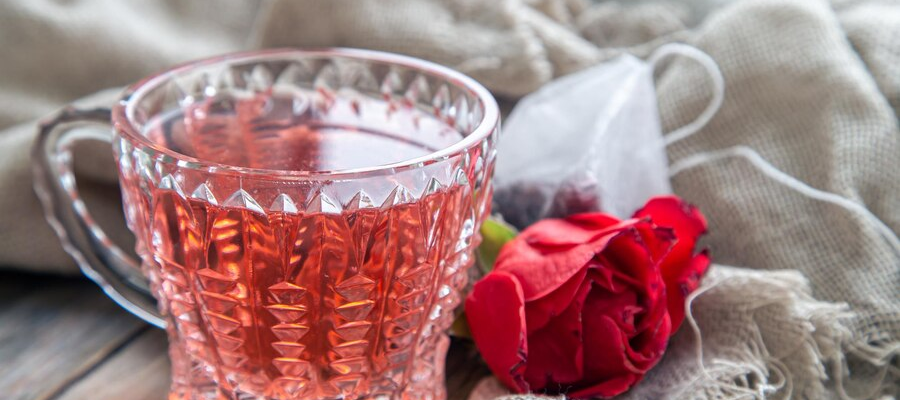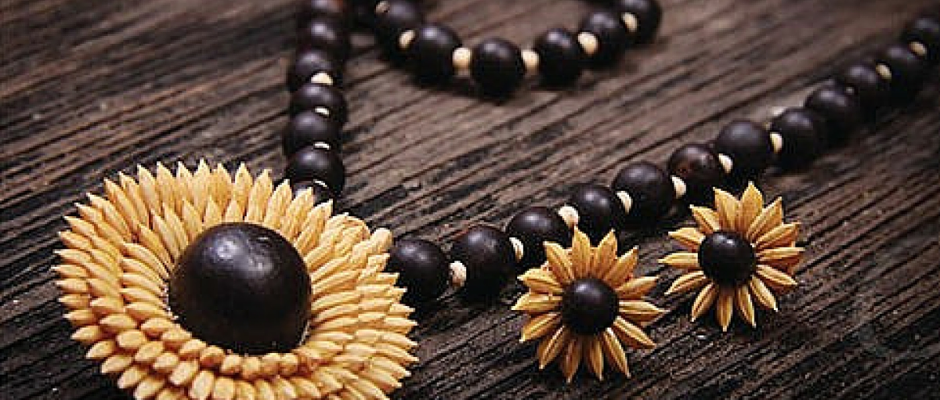Dine With Grace – Part #7, Mastering The Art Of Etiquette & Shaping Our Cultural Identity!
Have you ever wondered how the dining customs of different cultures play a crucial role in shaping people’s cultural identity? It is fascinating to explore how certain dining rules and norms are deeply rooted in a community’s cultural fabric. These rules passed down through generations, shape our routines, instil discipline, and intersect with cultural and religious beliefs. It is interesting when we venture beyond our own customs and learn about dining etiquette in diverse cultures. Italy In Italy, you should not ask for a cappuccino after 11 a.m. Italians consider it a morning drink, and consuming it later in the day is considered a breach of their cultural norms. It’s important to note that mixing seafood and cheese is an abandoned culinary norm in Italy. This is because the intense flavours of both can clash, and Italians prefer to savour the distinct taste of each ingredient. If you are served with food or drink, refuse it politely before accepting it. (Don’t worry; it is regarded as an act of modesty.) Japan Want to impress your host? Then, you have to slurp your noodles to make them understand that you are enjoying the dish. Don’t pass food from chopstick to chopstick. The Japanese consider it as a bad luck. Putting the chopstick upside down in a rice bowl is also a death ritual in Japan. Thailand In Thailand, it’s important not to put a fork directly in your mouth. Instead, use the fork to take food and transfer it to a spoon before eating. This method is known as the ‘fork and spoon style’ and is widely practised in Thailand. China In China, pouring tea with both hands is not just a gesture. It is an act of profound respect. When you eat fish, never flip your fish, as it is considered bad luck. Also, always remember to leave some food on your plate. India In India, dining etiquette emphasises healthy eating. Indians prefer eating with their right hands, which is common in many other cultures. In some parts of India, banana leaves are used instead of plates, a tradition that is also found in other tropical countries. France Want to break the bread? People in France prefer using your hands instead of a knife. Also, place the bread on the table first and then on the plate. Pair your red wine with meat and white wine with seafood. It is a common food pairing rule in France. Chile In Chile, people do not use their fingers when eating. They carefully choose a good knife or spoon for that. Touching the table with your hands is also not good dining etiquette, according to them. Egypt and Portugal Do you know how Egyptians show respect and trust to their chefs? They don’t ask for salt and pepper when they eat! This indicates that the food is well prepared and includes all the ingredients in the correct measurements. 1Share









